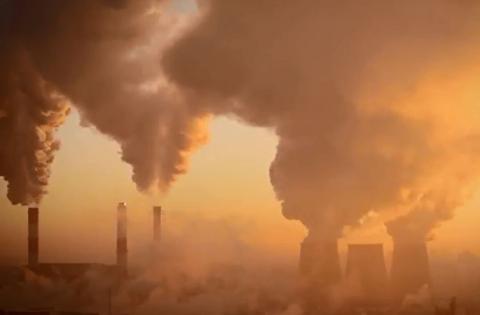Mitigating climate change mainly involves reducing the amount of greenhouse gases that are entering the atmosphere. We can attempt this by:
- reducing human emissions of greenhouse gases, e.g. by burning less fossil fuels, or by capturing the greenhouse gases released in burning these fuels and storing the gases somewhere
- increasing the uptake of carbon dioxide by plants, soils and the oceans.
To achieve the first of these means addressing a wide range of human practices that emit greenhouse gases.
Here we have listed a wide range of currently available options for reducing net emissions of greenhouse gases by 2030. This is adapted from figure SPM.7 in the Working Group III contribution to the IPPC Sixth Assessment Report (AR6), which was released in April 2022. In the table, the IPCC estimate the potential contribution that each action could make to emission reductions by 2030 as well as the estimated costs (in US dollars) of each action.
Energy
- Reduce fossil fuel use (coal, oil, gas)
- Increase energy generation from wind, solar, bioelectricity, hydropower and geothermal
- Increase nuclear energy generation
- Carbon capture and storage (CCS)
- Reduce methane emissions from coal mining and oil and gas production
Agriculture, forestry and other land use (AFOLU)
- Carbon sequestration in agriculture
- Reduce methane and nitrous oxide emission in agriculture
- Reduce conversion of forests and other ecosystems
- Restore ecosystems, including reforestation and creation of new forests (afforestation)
- Improve sustainable forest management
- Reduce food loss and food waste
- Shift to balanced, sustainable, healthy diets
Buildings
- Avoid demand for energy services
- Use more efficient lighting, appliances and equipment
- Create new buildings with high energy performance
- Increase onsite renewable production and use
- Improve existing building stock
- Enhance the use of wood products
Transport
- Switch to fuel efficient / electric vehicles, including buses
- Shift to public transportation
- Shift to bikes and e-bikes
- Increase energy efficiency in shipping and aviation
- Shift to biofuels
Industry
- Increase energy efficiency
- Increase material efficiency
- Recycle more
- Switch to greener fuels
- Substitute use of cement with other materials
- Reducte non-CO2 emissions
Other
- Reduce emissions of fluorinated gas
- Reduce emissions of methane from solid waste and from wastewater
It seems a lot can be done to mitigate climate change. Unfortunately, things are not so simple. There are many reasons why we are not doing enough of the above.
